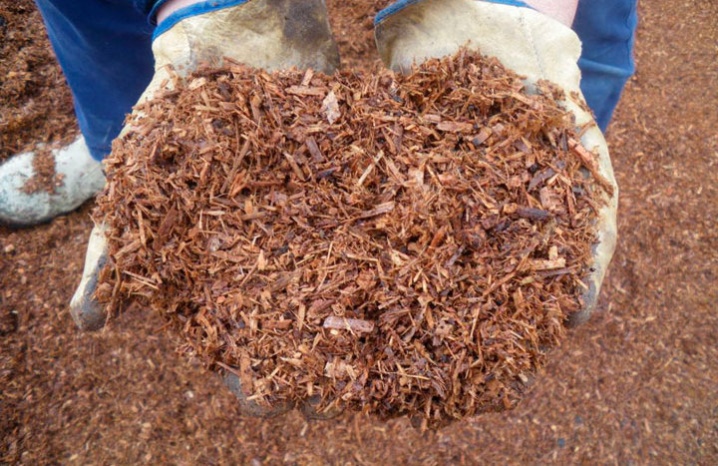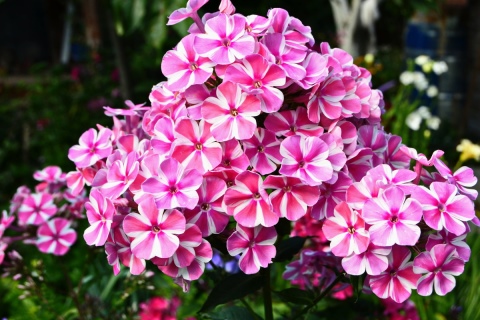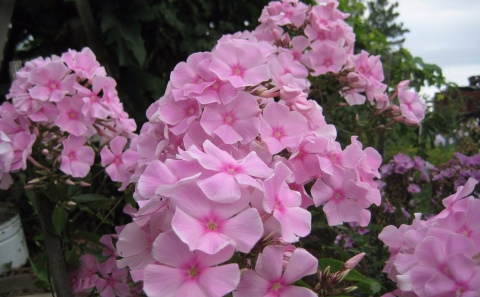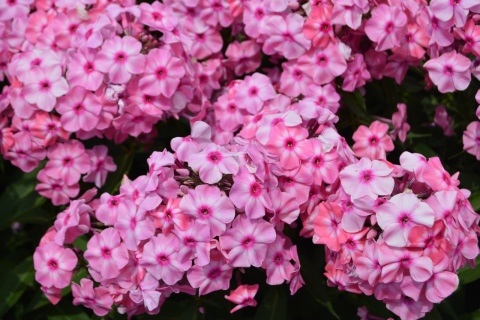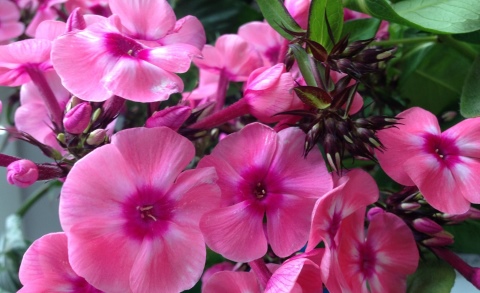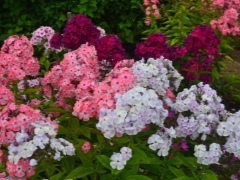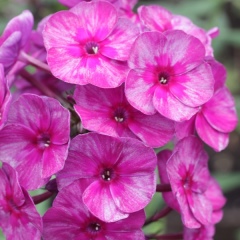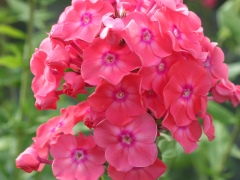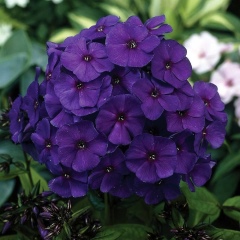Diseases and pests
The culture can be affected by powdery mildew. The cause of the disease is usually over-watering. If trouble is found, the water procedures for the flower should be adjusted. It is also necessary to treat the bush with fungicides. Variegation is manifested by spots-strokes on the foliage. This disease cannot be cured. Therefore, in this case, the flower is destroyed.
Pests rarely attack phlox. However, sometimes a stem nematode appears on plants. In this situation, not only phlox, but also neighboring plants are at risk. It will not be possible to defeat the pest, since effective methods of control have not yet been invented.
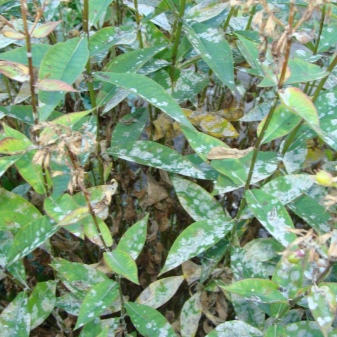

How to plant?
Planting crops can be done in different ways. Some people prefer to place the seeds directly in open ground. Others prefer varietal seedlings. The second option is considered a better choice, since the first method does not always lead to the desired result.
You can plant flowers on the site throughout the warm season. However, most gardeners do it in the spring. The seedling hole should have a depth of about 30 cm. The width should be sufficient so that the root system can be freely positioned. A fertile mixture is prepared for planting. The main components are ash, minerals and humus. The last component can be replaced with compost.
All elements are shuffled. The hole is filled with the resulting mixture by 2/3. A small elevation is created in the middle. A seedling is placed on it. Then the roots of the flower are gently straightened. The pit is filled with soil to the end. An important point - the deepening of the root collar should be about 5 cm. The buds of renewal should be immersed in the soil by at least 3 cm. In conclusion, the soil is tamped down, and abundant watering is carried out. If the weather is warm and dry, watering is continued for several more days.
How to take care of it properly?
It was mentioned earlier about the need to add earth to the roots of the flower annually. This is a necessary procedure, otherwise the exposed roots will freeze and the plant will die. The location of the root system close to the surface also makes it unacceptable to loosen the soil around the crop. There are other nuances of flower care.
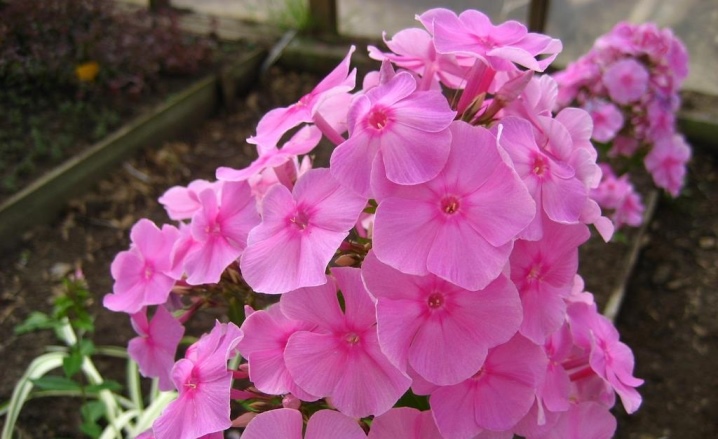
Watering
Phlox paniculata loves moisture, but in moderation. The abundance of watering depends on how dry the soil is. If the summer is hot and dry, about 2 buckets of water are consumed per 1 square meter at a time. Watering is best done in the evening. In this case, moisture will not quickly evaporate from the surface. If the weather is still without rains in the fall, they continue to water the phlox until October. This will allow the plants to accumulate enough moisture for wintering.

Top dressing
Fertilize the flower in the second year after planting. Until this period, the culture has enough nutrients that were originally introduced into the well. During the season, feeding is usually done 3 or 4 times. The regularity of the procedures allows you to increase the flowering period of the culture and make it more lush.
In spring, nitrogen can be used. This allows the plant to quickly acquire fresh greens. When the shoots reach a size of 10 cm, you can spray with a urea solution. For 10 liters of water take 1 tbsp. spoon of the composition.
Before the formation of buds, the soil is mulched. In this case, humus, ash and a mineral composition suitable for ornamental flowering crops are used. After flowering, phosphorus-potassium agents are usually applied. The final top dressing is carried out in the fall. During this period, the soil is mulched with a mixture of organic matter and ash.
Pruning and garter
Tall phloxes need a garter.Otherwise, strong gusts of wind and precipitation can break the stems.
Before the onset of winter, the flowers must be cut off. Pruning is done at the root. The maximum can be left 10 cm, the minimum - 3. This procedure excludes the possibility of accumulation of pests and fungi between the shoots.
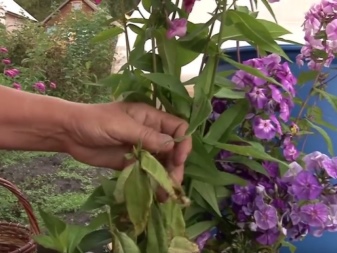

Preparing for winter
When choosing phlox for the garden, it is worth giving preference to varieties adapted to the local climate. Such plants are frost-resistant. They do not need a special shelter for the winter period. To protect the crop, organic mulch will be sufficient, which is laid in the fall.
